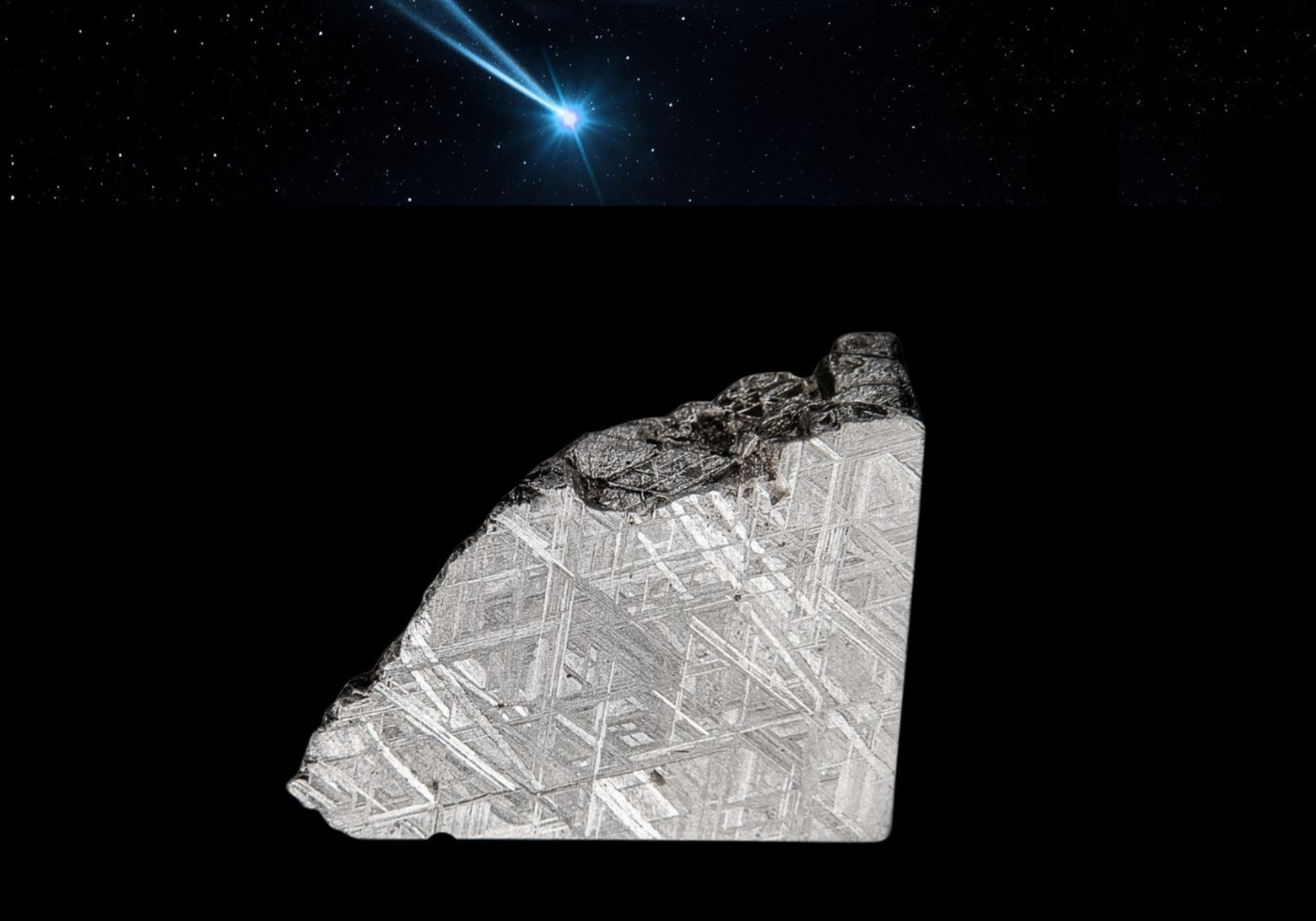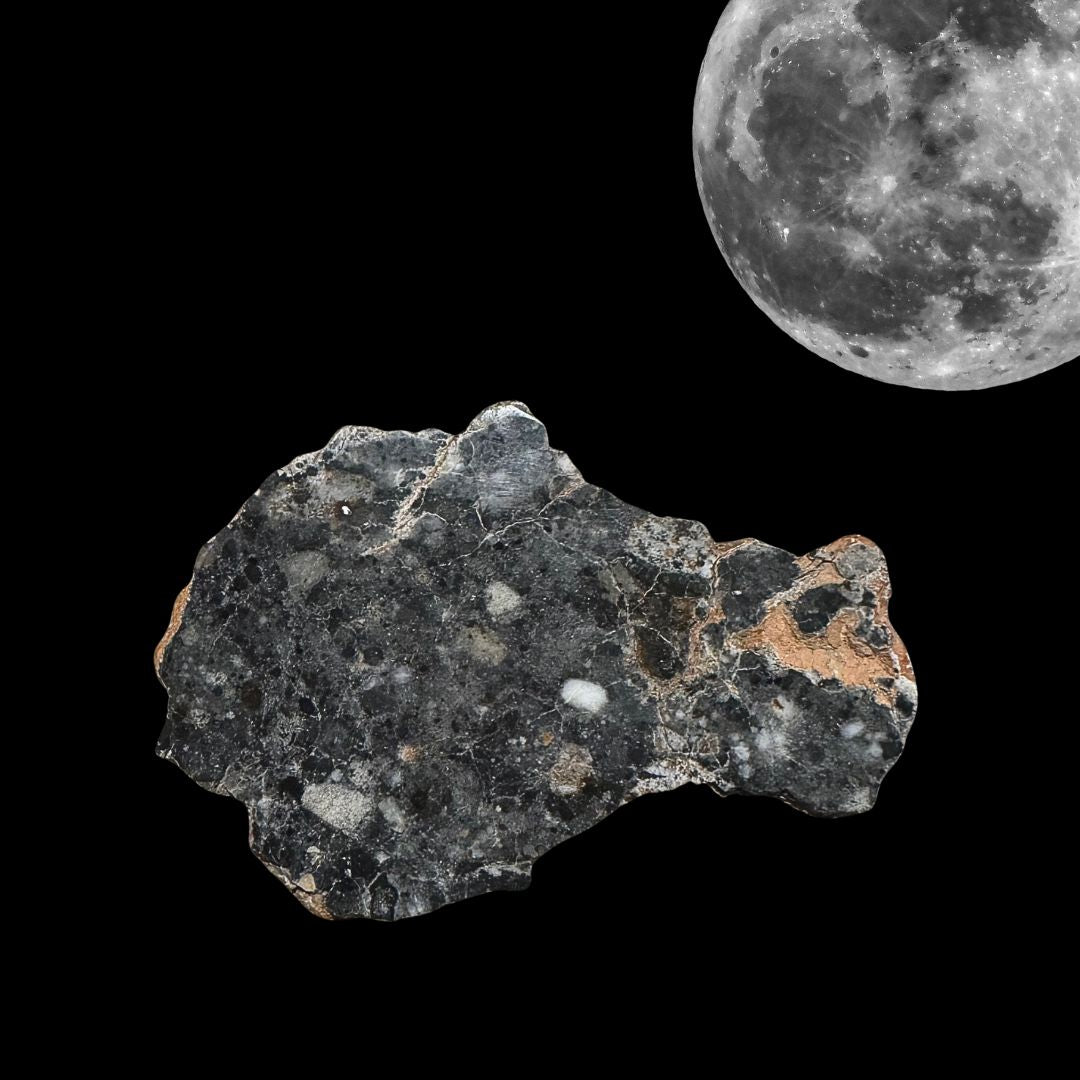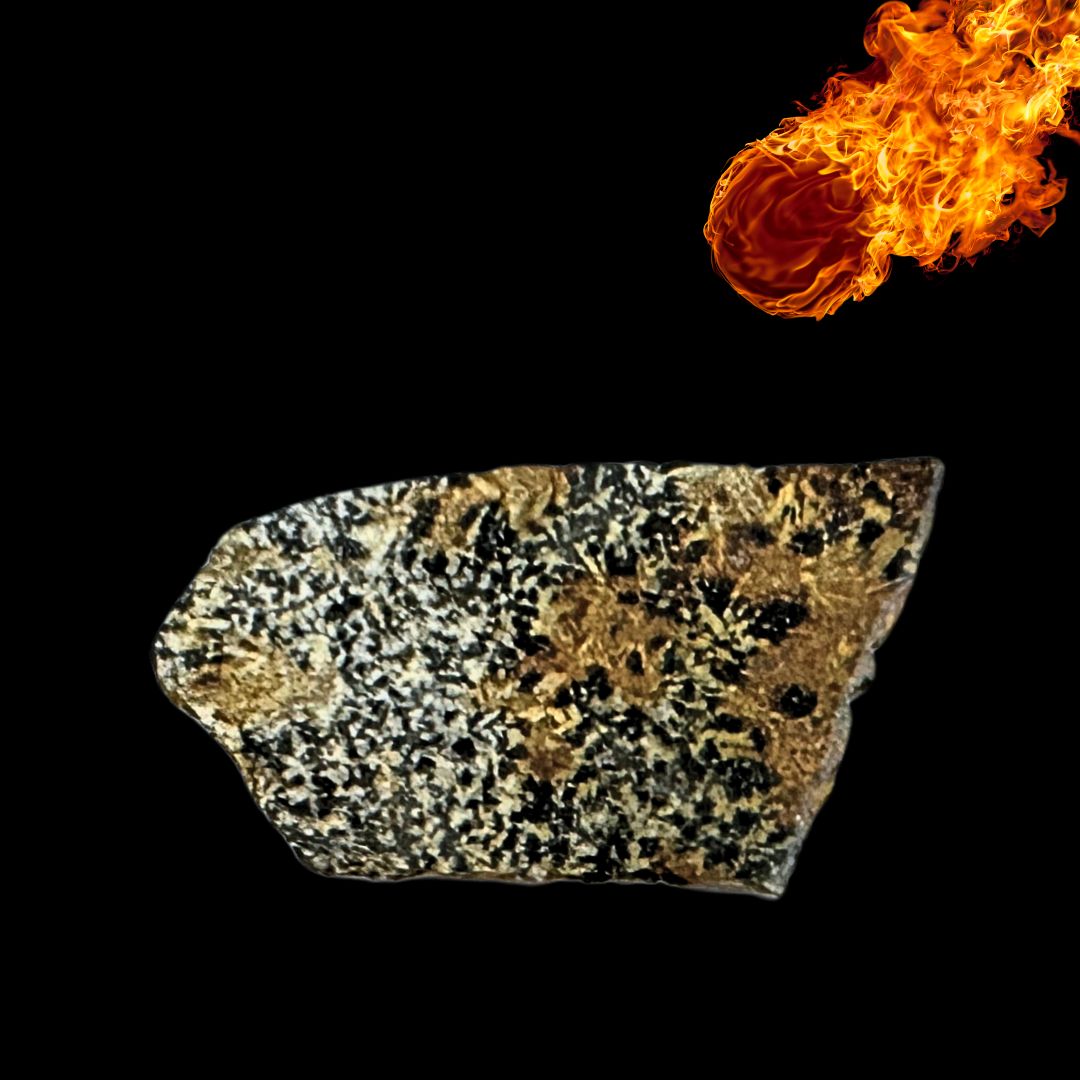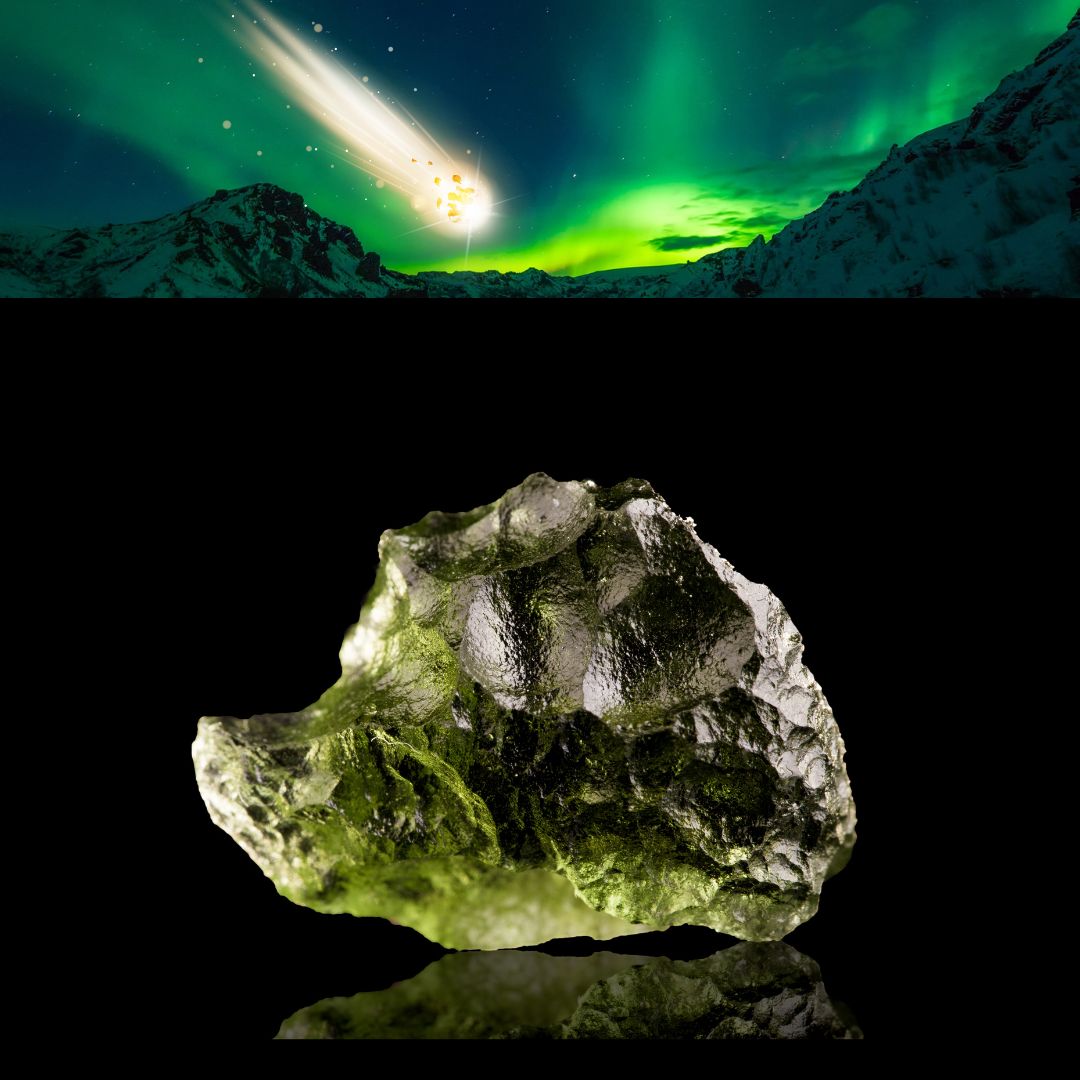Our meteorites

Muonionalusta meteorite
This stunning space rock, believed to have fallen to Earth approximately One Million years ago, is one of the oldest known meteorites. It landed in northern Sweden, near the Arctic Circle, and was discovered in 1906. Since then, it has captivated scientists and collectors alike, not just for its ancient origins but also for its breathtaking patterns.

Lunar Meteorite
A lunar meteorite is a piece of the Moon that has been ejected from its surface due to a significant impact event, such as an asteroid or comet collision, and eventually made its way to Earth. These meteorites are incredibly rare and valuable, offering a unique opportunity to own a fragment of our nearest celestial neighbor.

NWA 16312 Eucrite Meteorite
NWA 16312 is a Eucrite meteorite, a type of meteorite that originates from the crust of a differentiated asteroid, most commonly Vesta, one of the largest asteroids in the asteroid belt. Eucrites are a type of achon1drite, meaning they lack the chondrules (small, spherical particles) found in most meteorites, indicating they come from a body that has undergone extensive geological processes, such as melting and differentiation.

Rizalite
The term Rizalite refers to a type of tektite found in the Philippines, specifically in the Rizal Province of Luzon. These tektites are natural glass objects formed from the terrestrial debris that was ejected during a large meteorite impact. They were discovered in the Rizal area in 1926 and were initially named "Rizalite" by H. Otley Beyer, an American anthropologist and pioneer in Philippine tektite studies.

Moldavite
Moldavite is a rare and unique type of tektite, formed from a meteorite impact that occurred around 15 million years ago in the present-day region of southern Germany, known as the Ries Crater. The intense heat and pressure from the impact caused terrestrial silica-rich material to melt and be ejected into the atmosphere. As it cooled, it formed glassy green fragments, which eventually fell to Earth, primarily in areas of the Czech Republic, particularly around the Moldau River, from which the name Moldavite is derived.